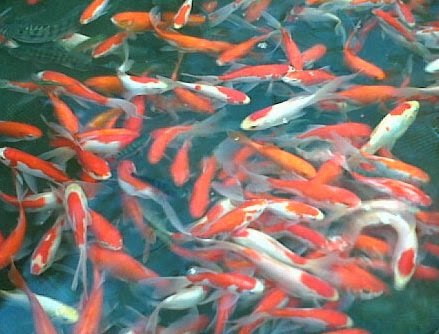Jelawat fish reproduction
Jelawat fish reproduction. Jelawat fish begin spawning at the beginning of the rainy season, which is in October-November. During the rainy season, jelawat able to spawn spawning 2-3 times. When rain and rain water flooded the surrounding area, jelawat began to spawning. The fish are mature gonads migratory into estuaries and perform spawning morning accompanied rintikan rainwater. Jelawat egg is floating. The fertilized eggs were then taken to the water flow downstream and hatch during the trip. Children jelawat measuring 2 cm -3 will arise to the surface of the water and swim in droves along the banks of the river, upstream against the current. While children jelawat size 4- 5 cm glad to be in places that are protected from sunlight that water is rather calm. Jelawat can spawning naturally in ponds, but only spawn at the start of the rainy season. Jelawat fish do not spawn outside the rainy season. To overcome that is then applied to the artificial spawning techniques (induced breedi...






